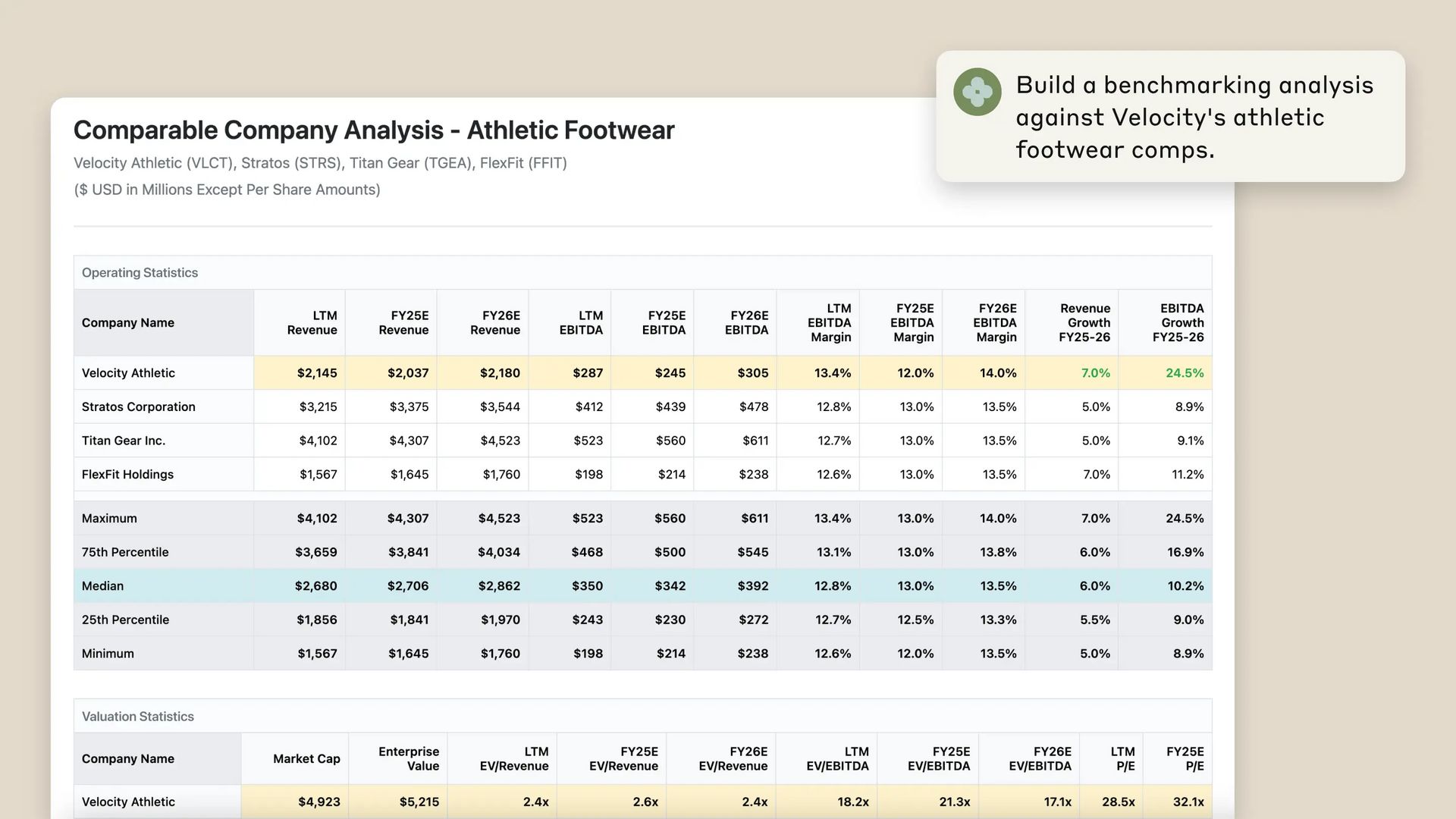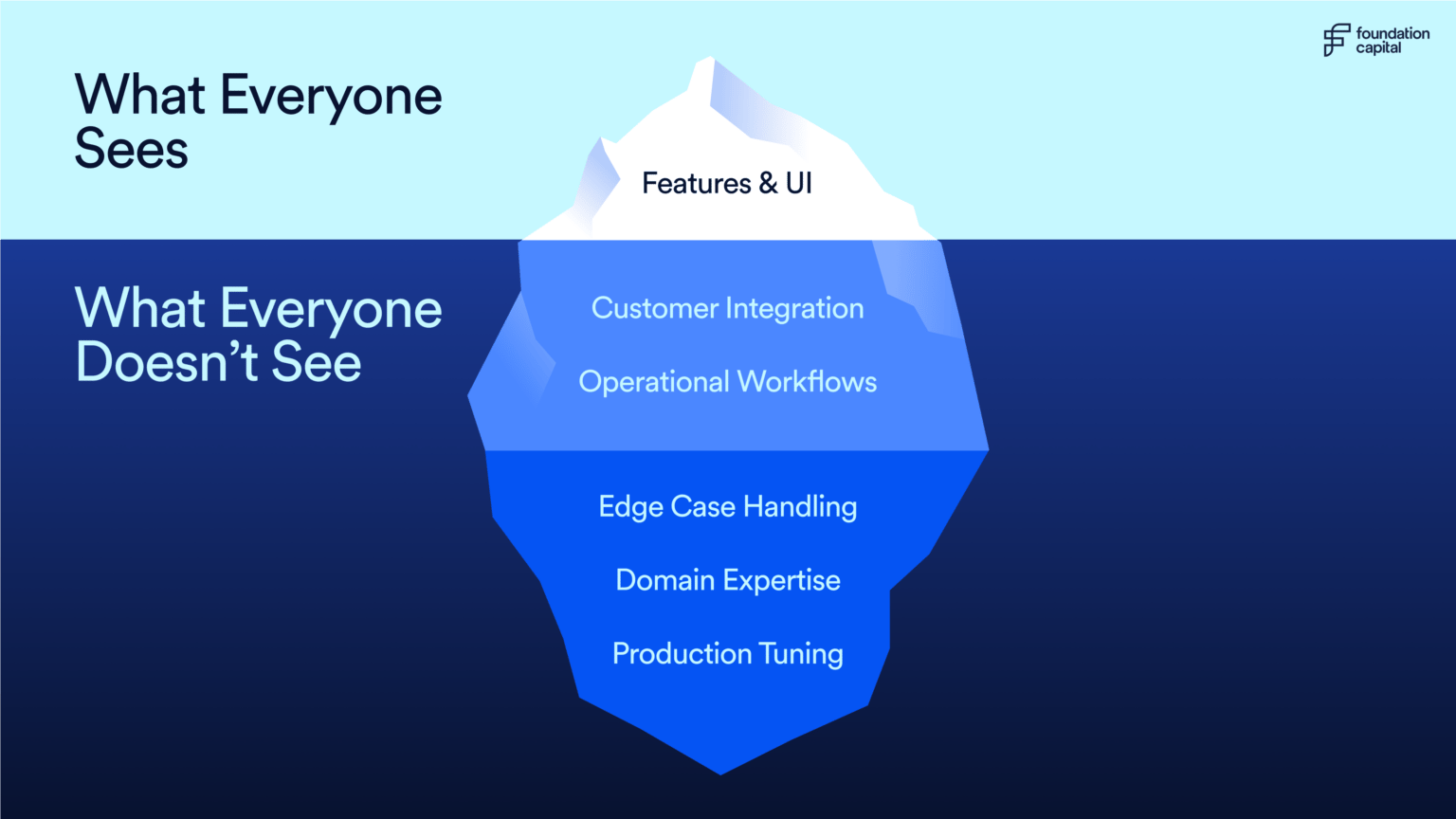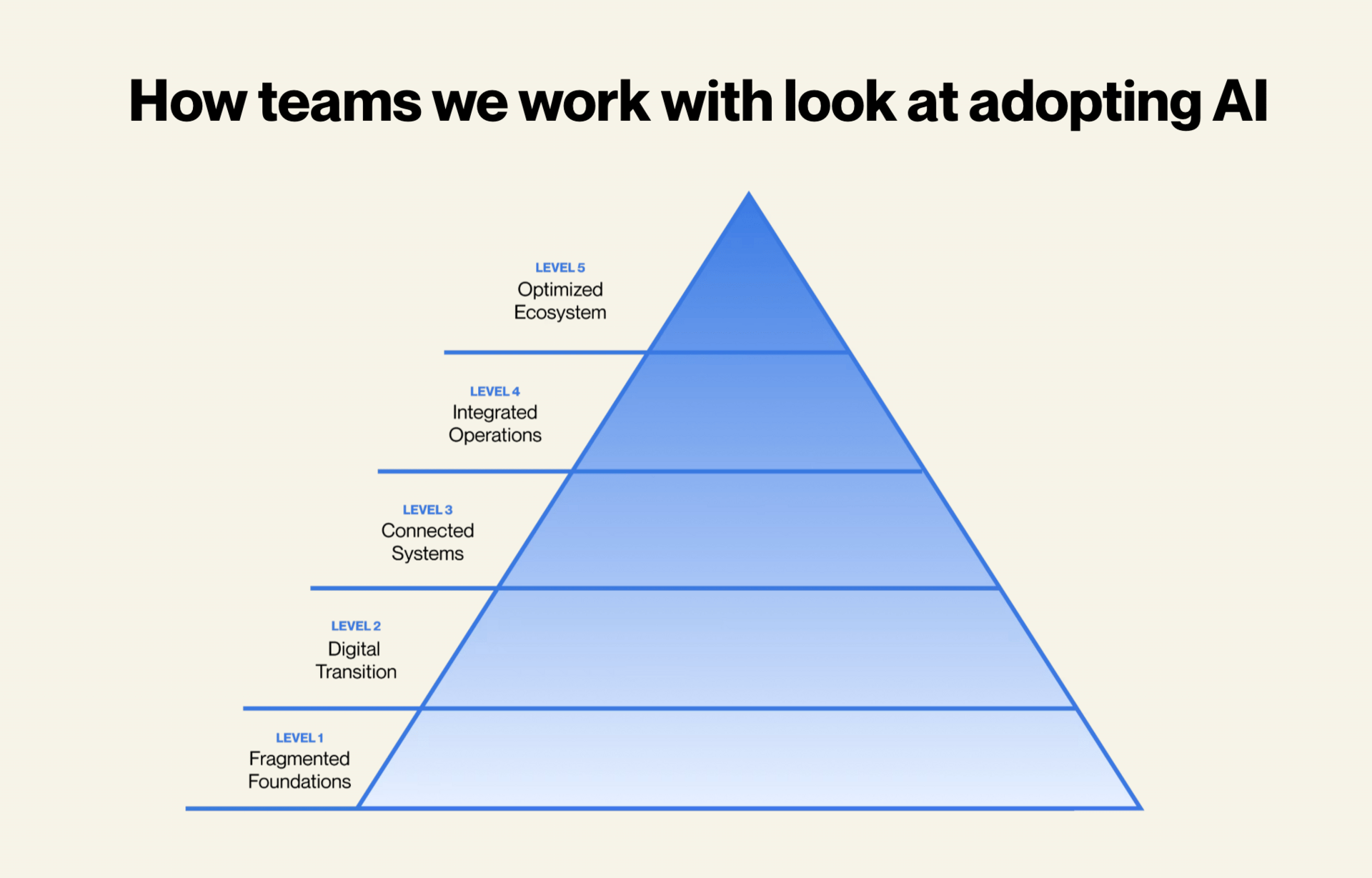- Connect
- Posts
- Industry-Specific LLM's and Updates from the Data Trenches
Industry-Specific LLM's and Updates from the Data Trenches
And something that resonated with a group of CEO's I met with this week.

Hey there 👋
I was asked to join a few workshops this week with CEOs trying to figure out why their AI & automation efforts aren’t producing real business outcomes. Truth is, most teams think they’re ready for AI…but I’m seeing their foundations tell a different story in their readiness for what’s happening.
This week’s newsletter breaks down why, and what to do about it but more on that below.
1. Big signal: industry-specific LLMs are here
Claude’s new financial services-specific LLM might seem like a minor update, but it signals a much bigger shift in AI.
It’s an existing model but heavily fine-tuned for financial sector needs use cases.
What it signals:
🔑 General-purpose LLMs aren’t enough for serious, niche industry use.
🔑 Some industries usage and use cases of AI are becoming established enough that the LLM providers are investing $10’s of millions fine-tuning models for specific data, workflows, and compliance realities.

Models like Claude are already producing highly specialized outputs, from benchmarking reports to financial analysis, built around niche workflows.
Why this matters
The AI companies are treating $10m+ Enterprise consulting engagements as paid R&D where the F500 are paying to validate for you:
→ Establish repeatable use cases
→ Fine-tune industry-specific models
→ Productize for scale and variety of integrations
Financial services is just the start. Healthcare, legal, and many more are going to quickly follow.
Outside of those who will use this specific new LLM, there isn’t an immediate action here but it is something you should be aware of as it shows how quickly industry-specific needs are being filled by the model providers.
📚 Want to go deeper?
These are great reads if you’re keeping an eye on where the LLM providers are taking AI next.
2. Inside Baseball Insights on Successful AI Adoption
This is a bit of inside baseball but Capgemini, the behemoth legacy IT & Digital Transformation firm, spent $3.3B to acquire WNS to help accelerate their ability to help implement AI & automation for companies. We operate in the small and mid market but these folks tend to work with those with $100m+ IT budgets. But this isn’t the story here.
The real story is that WNS is not focused on implementing AI technology but instead, they focus on improving process.
We founded Switchboard with the understanding that those who decided to spend $3.3B on an acquisition seem to have realized:
You can’t just bolt AI onto old, clunky workflows and expect outstanding results.
👀 Why this is happening now
For decades, businesses solved operational problems by throwing more people at them. AI demands the opposite:
✅ Simpler processes
✅ Cleaner data
✅ Re-engineered workflows that let humans get out of the mundane admin
The snake oil layer of AI hype has lead many to believe that they can just “plug AI in” to their business. But teams who win with AI are reimagining the work itself, then embedding automation and AI into those smarter workflows.
🧊 Why operational maturity matters more than ever
The biggest barrier to AI success isn't the tech - it's the operating model beneath it. Most companies focus on shiny features while neglecting the workflows, system integrations, and data hygiene that actually drive results.
This iceberg effect explains why many AI investments become expensive science experiments while others unlock serious value:

If you want to go deeper into why this shift is accelerating, these three reads are worth your time:
1️⃣ Services-as-Software is threatening to kill off the BPO industry:
👉 Read on Horses for Sources
2️⃣ Capgemini’s $3.3B bet on WNS to strengthen its AI-driven services portfolio:
👉 Read on The Stack
3️⃣ The $4.6T opportunity behind Services-as-Software:
👉 Read on Foundation Capital
3. Why AI ambitions keep running into data problems
This week, I joined 3 workshops with a couple dozen CEOs as part of a friends AI for Leaders workshop series. I was there to share what we’re seeing “in the trenches” for teams adopting automation and AI and modernizing the way they work.
While it sounds boring on the surface, the main thing we talked about was data. And while presenting, this slide really hit home and lead to a lot of discussion and questions, so I’m sharing it with you:

Climbing this pyramid is the difference between AI success and expensive science experiments.
🔍 Breaking It down: where most teams are
Level 1: Fragmented Foundations
You’re running on spreadsheets stored on local hard drives, scattered files across inboxes and folders no one can access, and tribal knowledge stuck in people’s head. AI? Not even close.
Level 2: Digital Transition (where most people are)
You’ve got some cloud based software. But systems don’t talk to anything else. Data lives in silos. Process still relies on humans nudging everything along at each turn.
Level 3: Connected Systems
Your tools share data. APIs and integrations give you a single source of truth. Now you’re building momentum and you can start to truly implement automation and AI.
Level 4: Integrated Operations
Systems flow together. Processes are connected. Data moves smoothly. This is where AI starts to work reliably, because it’s working on clean, structured information across departments and use cases.
Level 5: Optimized Ecosystem
Few teams are here. AI doesn’t just support; it predicts, adapts, and drives decisions. The business operations become self-improving at a cultural level with people clear where they should lean in and where they should implement better tech or streamline a process around automation.
⚠️ Why most companies are stuck at level 2
Most stop at “we bought some SaaS tools” but never invest in taking advantage of integration potential or having data structured in a way that it flows through them.
This matters immensely for AI because, as I told that group of CEO’s, if you want an internal system that a CFO can ask, “What invoices are over 60 days past due and what’s the latest status on them?”
Well, AI isn’t going to be able to give you a proper answer when the answers are hidden in 35 Excel files living on 5 people’s hard drive and only half the invoices are entered in the accounting software.
🚀 How to move up
▶️ From 2 to 3: Prioritize tools with APIs. Connect your systems. No integration points in that tool? Don’t bother
▶️ From 3 to 4: Think in workflows, not apps. Design how work moves through your business.
▶️ From 4 to 5: Layer in AI where it can create real leverage.
👉 Want help figuring out where you are on this pyramid? Let’s talk.
📖 Post of the Week
Seeing the exact same things and totally agree with Aaron on this.
Hosted a dinner with about 15 IT leaders around the future of AI Agents in the enterprise. Here are a few updates on the state of the world at least at some large enterprises:
* For many organizations, the demand from the business for AI is continuing outstrip the ability to
— Aaron Levie (@levie)
2:18 AM • Jul 15, 2025
Until next time,
New here? Consider subscribing.